There are movies that you try to piece together and there are movies that you give yourself over to. Long Day’s Journey Into Night is the latter. The film initially presents itself in the vein of a film noir. Luo Hongwu (Hang Jue), a middle aged man, returns to his hometown to look for a former lover (Tang Wei; Lust, Caution) who has never left his thoughts. But director Bi Gan (Kaili Blues) is not a traditional storyteller. He is more interested in Luo’s memories and emotions than anything else.
Anyone looking for an explicit narrative will be disappointed. As Luo looks for his former lover, the film constantly jumps around in the timeline. Establishing a chronology can be difficult outside of Luo’s graying hair and the narrative may leave some viewers perplexed. It has the unfortunate side effect of making the central relationship difficult to understand, but the structure is dictated by Luo’s state of mind. As a man searching for a connection to his past, the scenes play out like fragments of his memory triggered during his pursuit.
The dreamlike tone is accentuated throughout. Much of the film is shot at night with wet, reflective surfaces all around, establishing an ethereal atmosphere. Bi relies on the hushed tones of Luo’s voiceover rather than dialogue. His inner thoughts are poetic ruminations on memory and are a unique blend of Wong Kar-Wai, Terrence Malick, and Apichatpong Weerasethakul along with Bi’s own brand of introspection. It may test the patience of some, but the film’s deliberate pacing and mood are essential to its themes.
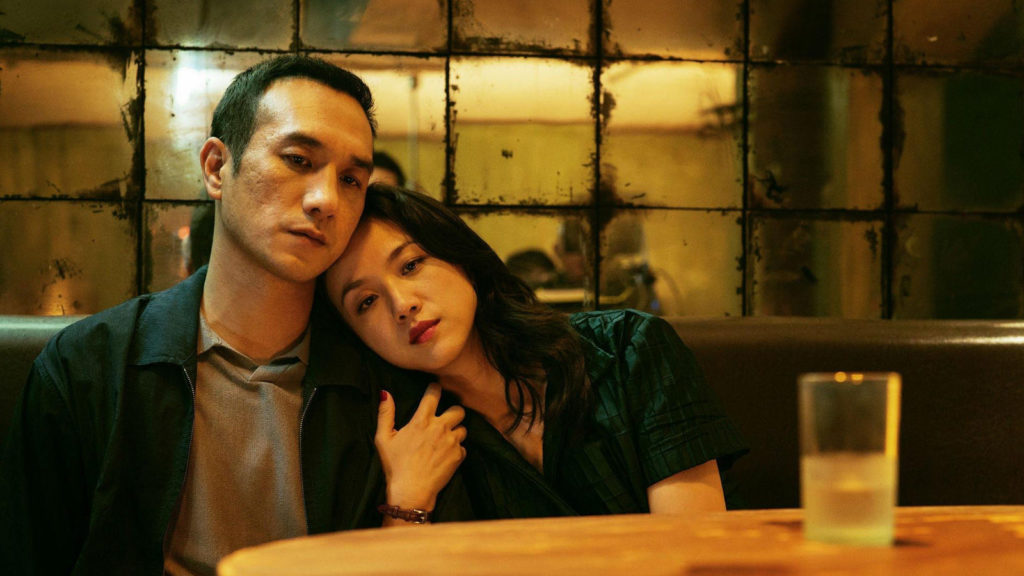
There’s been a lot of hype surrounding the film’s 1 hour long take and I’m pleased to say it deserves every bit of praise it has received. Long Day’s Journey Into Night is not a 3D film, as an opening title card states, but when Luo visits a local movie theater he puts on a pair of 3D glasses and the audience does as well. The following long take is nothing short of astounding. Bi orchestrates an extended sequence of mind-boggling complexity, recalling and even surpassing many famous long takes like the opening of Touch of Evil. The camera follows characters on vehicle, down a zipline, soars over a town center, and into many buildings. There are several actions during the take that would be perilous to completing the shot, like precise plays during a game of pool, and at some point it becomes the cinematic equivalent of watching a high-stakes tightrope walk.
That’s not to say that Bi uses his long shot as a gimmick. It’s an immersive, surreal experience, essentially a lucid dream. The camera floats around the events, observing from nearby in an almost out-of-body experience, like the roaming camerawork from Enter the Void. It further demonstrates the director’s enormous talent and serves as a fitting coda to a feature that has little interest in explicit plot. Bi ends his film with this astounding sequence that emphasizes the enveloping nature our subjective memory and the lasting impact it can create long after events have transpired. It’s an awe-inspiring feat that will mesmerize viewers willing to accept it on its own terms.

4/5 stars.
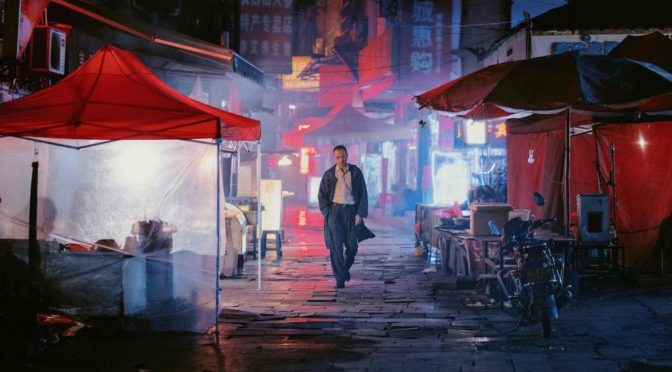
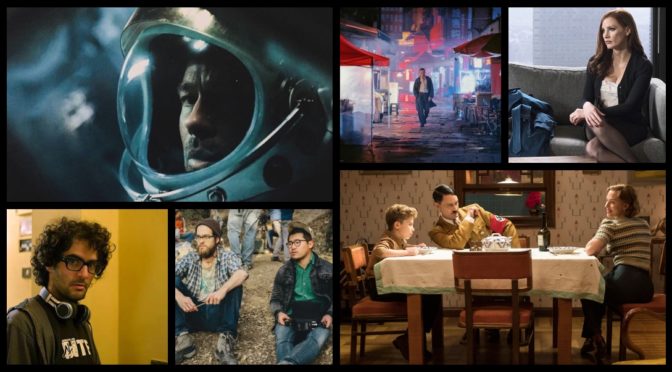
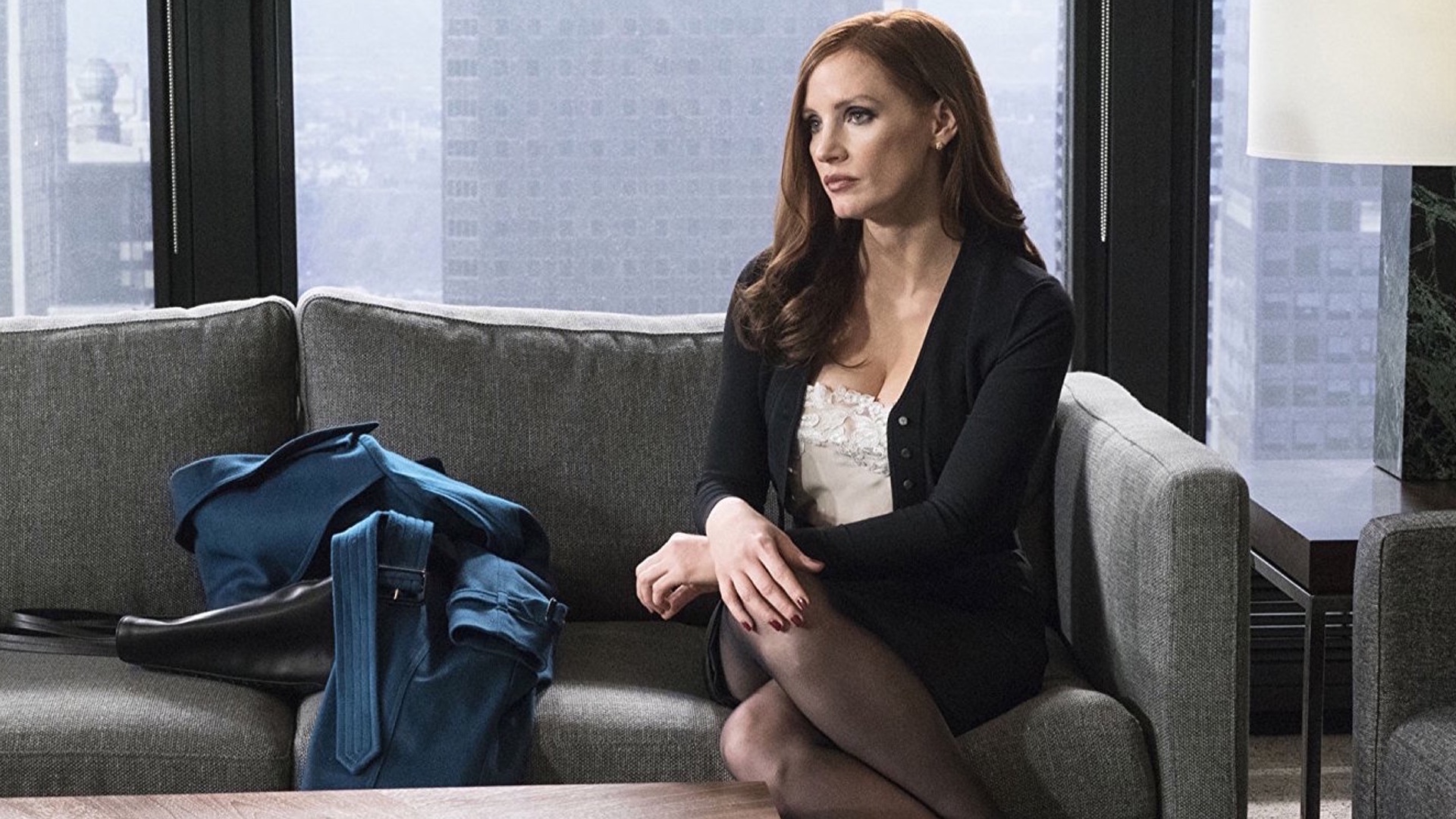

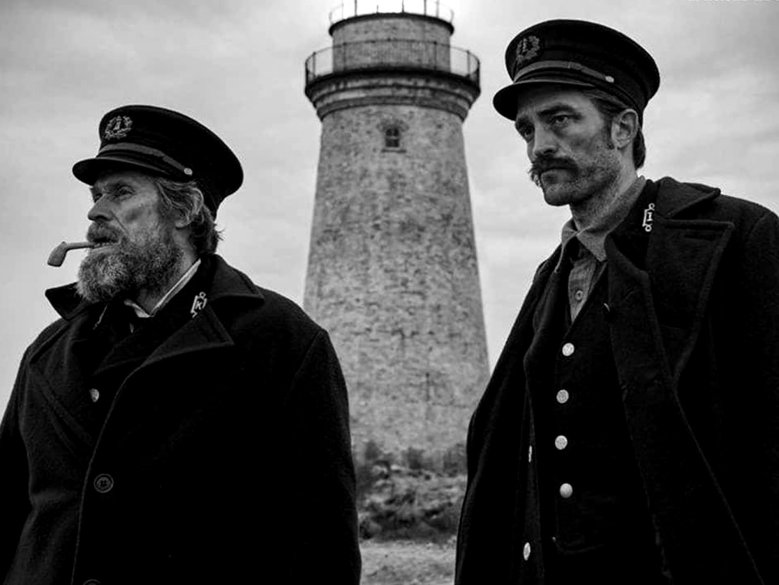 The Witch is one of the most interesting horror movies of the past few years, with meticulous period detail and escalating paranoia that few films can achieve. Robert Eggers’s follow up is sure to be in the same vein with Willem Dafoe playing an elderly lighthouse keeper in this dark horror-fantasy.
The Witch is one of the most interesting horror movies of the past few years, with meticulous period detail and escalating paranoia that few films can achieve. Robert Eggers’s follow up is sure to be in the same vein with Willem Dafoe playing an elderly lighthouse keeper in this dark horror-fantasy.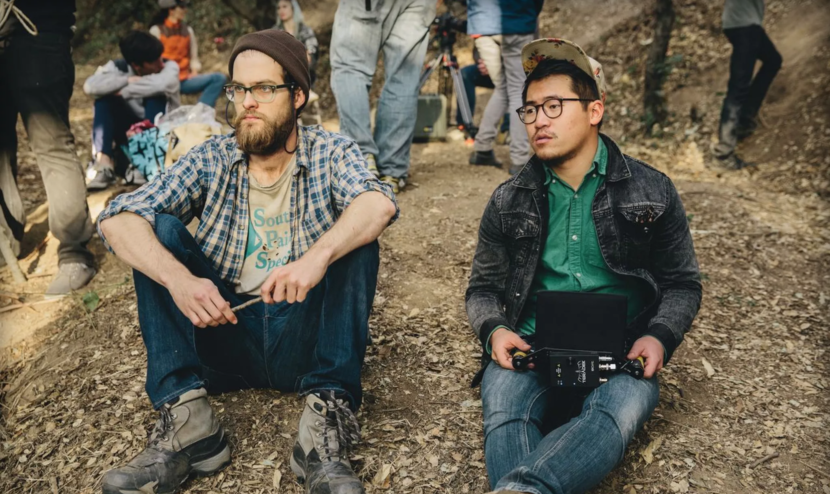 Very little is known about the newest film from the Daniels, but their involvement is enough to warrant a place on this list. The film is described as an “inter-dimensional action film” with Michelle Yeoh and Awkwafina of Crazy Rich Asians starring. I’m personally not a huge fan of Awkwafina’s style of humor, but the Daniels’ history of creating
Very little is known about the newest film from the Daniels, but their involvement is enough to warrant a place on this list. The film is described as an “inter-dimensional action film” with Michelle Yeoh and Awkwafina of Crazy Rich Asians starring. I’m personally not a huge fan of Awkwafina’s style of humor, but the Daniels’ history of creating 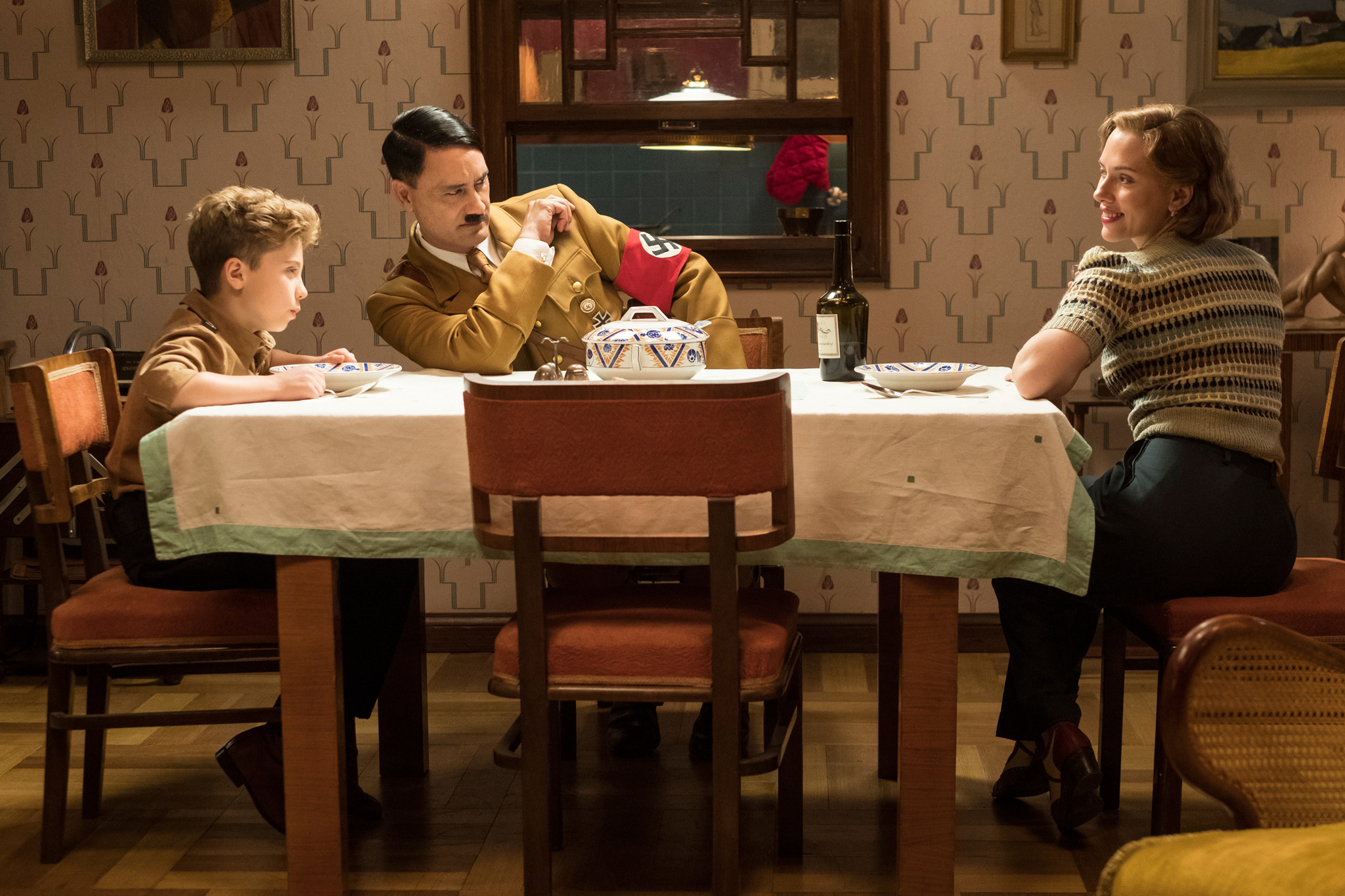 WWII Germany is not where most people would think to set a comedy, but most people aren’t Taika Waititi. Hunt for the Wilderpeople was one of my favorite movies of 2016 and coming off Thor: Ragnarok, a studio film that neutered many of his best quirks, it’s nice to see him return to a smaller scale. The script is hilarious and features another precocious boy in a coming of age story with Waititi playing the child’s imaginary friend: Hitler. The film is filled with the well-meaning buffoons and dialogue misunderstandings that make his work so consistently entertaining.
WWII Germany is not where most people would think to set a comedy, but most people aren’t Taika Waititi. Hunt for the Wilderpeople was one of my favorite movies of 2016 and coming off Thor: Ragnarok, a studio film that neutered many of his best quirks, it’s nice to see him return to a smaller scale. The script is hilarious and features another precocious boy in a coming of age story with Waititi playing the child’s imaginary friend: Hitler. The film is filled with the well-meaning buffoons and dialogue misunderstandings that make his work so consistently entertaining.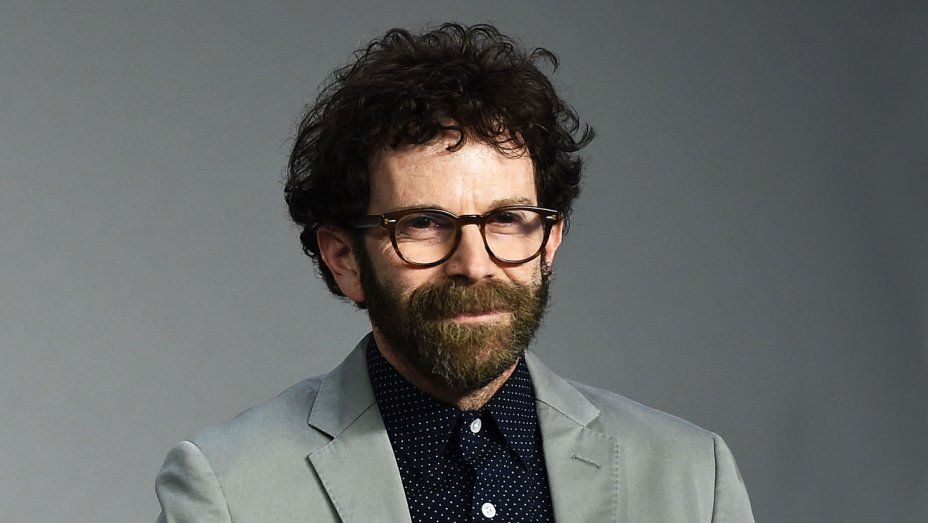 It’s been more than a decade since Charlie Kaufman (Eternal Sunshine of the Spotless Mind) released a live action feature. His movies can sometimes be too reflexive for their own good, but are always thought-provoking. With some added freedom and budget from Netflix, he can hopefully put together one of his signature introspective stories.
It’s been more than a decade since Charlie Kaufman (Eternal Sunshine of the Spotless Mind) released a live action feature. His movies can sometimes be too reflexive for their own good, but are always thought-provoking. With some added freedom and budget from Netflix, he can hopefully put together one of his signature introspective stories.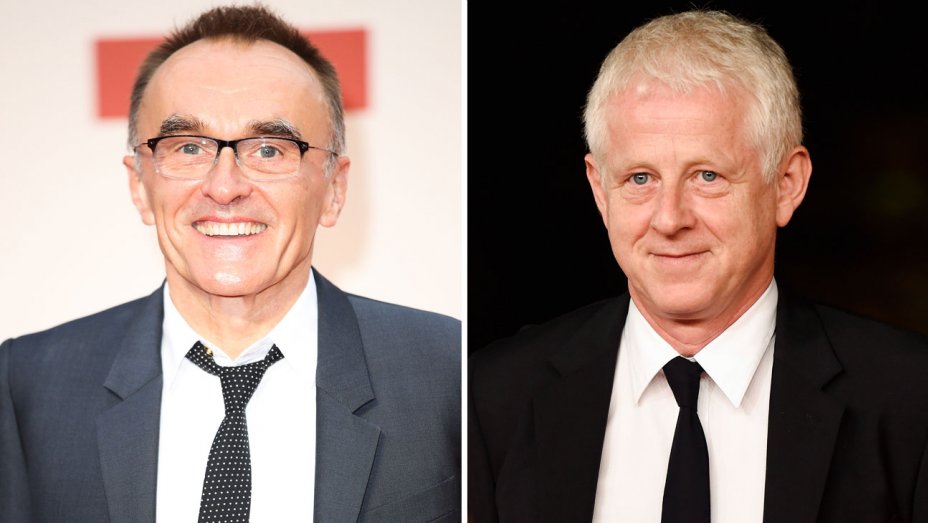 This is the most mainstream film on my list and I can’t deny my appreciation for Richard Curtis’s work (Notting Hill, About Time). Some may call him cheesy, but he creates sympathetic, endearingly awkward characters and stories with unabashed heart. The pairing of his writing with strong direction from Danny Boyle seems like a great fit. The film’s story follows a struggling musician who, for currently unknown reasons, is the only person able to remember the Beatles and uses their music to launch his own career. This silly, but promising setup with a talented cast starring Himesh Patel and Lily James could be one of the most crowd-pleasing movies of the year.
This is the most mainstream film on my list and I can’t deny my appreciation for Richard Curtis’s work (Notting Hill, About Time). Some may call him cheesy, but he creates sympathetic, endearingly awkward characters and stories with unabashed heart. The pairing of his writing with strong direction from Danny Boyle seems like a great fit. The film’s story follows a struggling musician who, for currently unknown reasons, is the only person able to remember the Beatles and uses their music to launch his own career. This silly, but promising setup with a talented cast starring Himesh Patel and Lily James could be one of the most crowd-pleasing movies of the year.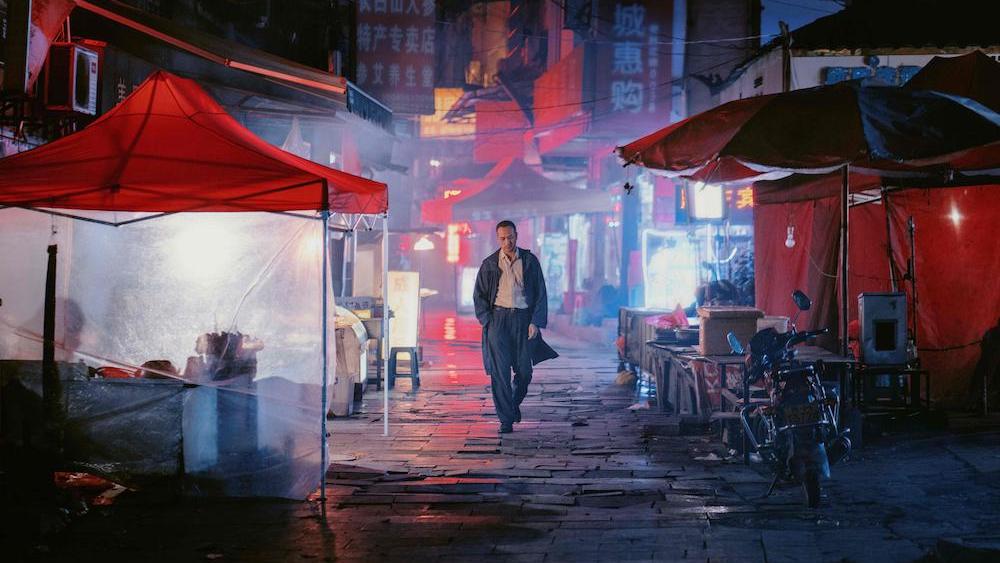 After opening to incredible reviews at Cannes this year, Bi Gan’s sophomore feature has hit unexpected pre-sale records in China and is poised to be an arthouse breakout there. The film has received huge praise for its dreamy visuals, startling use of 3D, and a supposedly 50+ minute long take. Building off his stellar debut Kaili Blues and tackling new artistic challenges, Bi Gan is shaping up to be an original filmmaker to watch.
After opening to incredible reviews at Cannes this year, Bi Gan’s sophomore feature has hit unexpected pre-sale records in China and is poised to be an arthouse breakout there. The film has received huge praise for its dreamy visuals, startling use of 3D, and a supposedly 50+ minute long take. Building off his stellar debut Kaili Blues and tackling new artistic challenges, Bi Gan is shaping up to be an original filmmaker to watch.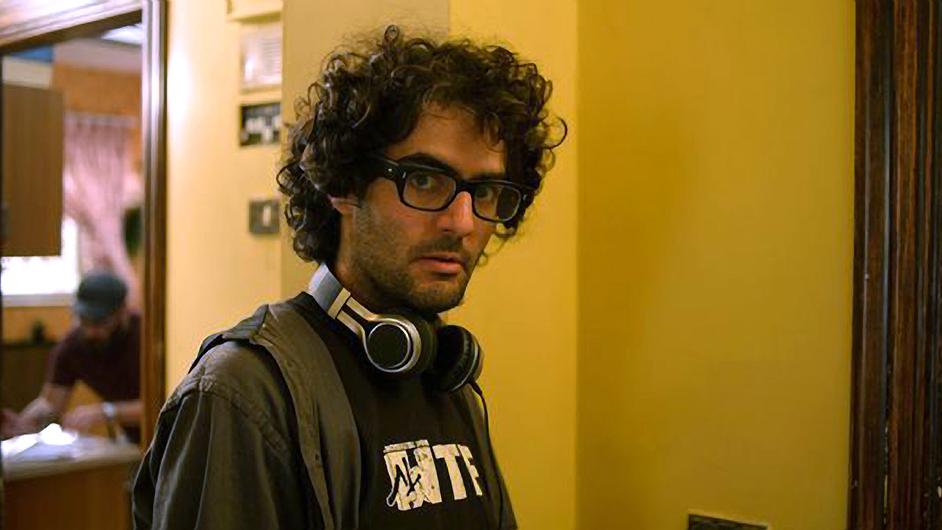 Babak Anvari’s feature debut Under the Shadow was
Babak Anvari’s feature debut Under the Shadow was 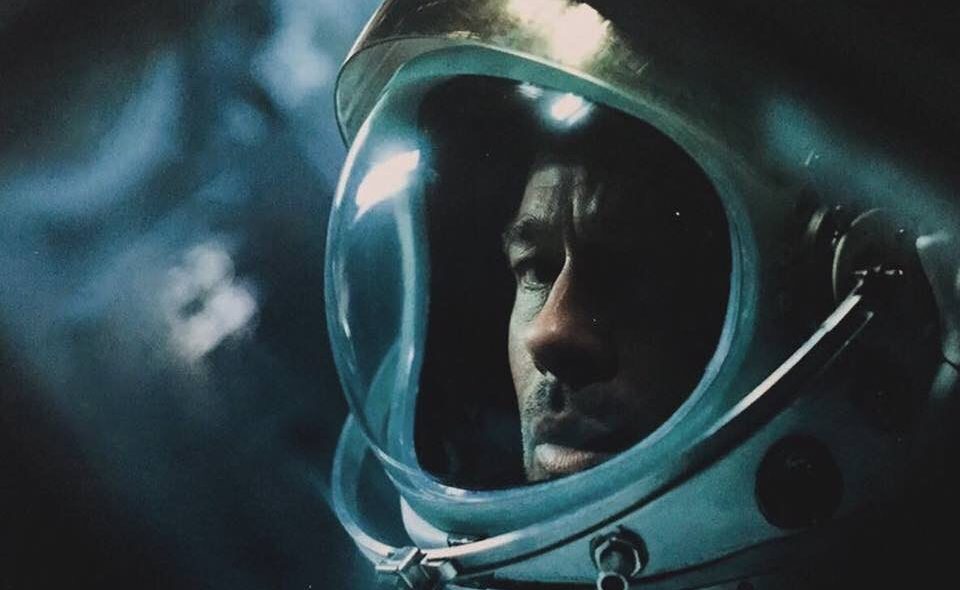 This sci-fi thriller, co-written and directed by James Gray, may be the movie that delivers on what Interstellar could not. The film stars Brad Pitt as an engineer who travels through space searching for his father, played by none other than Tommy Lee Jones, who has been missing since he left for a mission to Neptune 20 years earlier. Ad Astra has Gray’s largest budget to date and with his focus on character and proven ability to tell decade spanning epics (The Lost City of Z), it could be the smart sci-fi we’ve been waiting for.
This sci-fi thriller, co-written and directed by James Gray, may be the movie that delivers on what Interstellar could not. The film stars Brad Pitt as an engineer who travels through space searching for his father, played by none other than Tommy Lee Jones, who has been missing since he left for a mission to Neptune 20 years earlier. Ad Astra has Gray’s largest budget to date and with his focus on character and proven ability to tell decade spanning epics (The Lost City of Z), it could be the smart sci-fi we’ve been waiting for.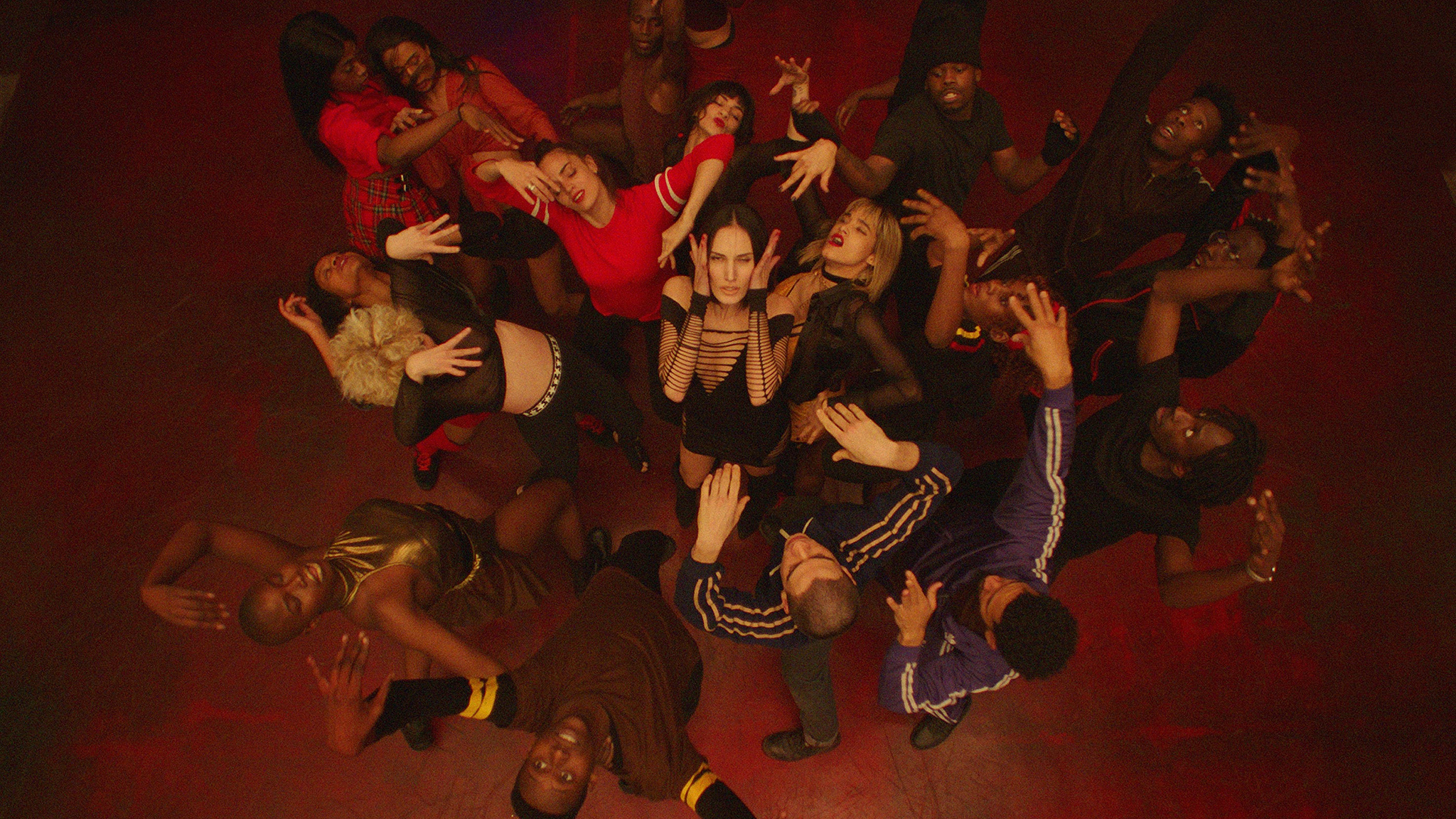 Gaspar Noé is one of my favorite filmmakers. He may be a provocateur and indulge himself in some unnecessary scenes, but he also creates visceral experiences like no other. Climax premiered at Cannes this year to the most positive reviews of Noé’s career, so much so that
Gaspar Noé is one of my favorite filmmakers. He may be a provocateur and indulge himself in some unnecessary scenes, but he also creates visceral experiences like no other. Climax premiered at Cannes this year to the most positive reviews of Noé’s career, so much so that